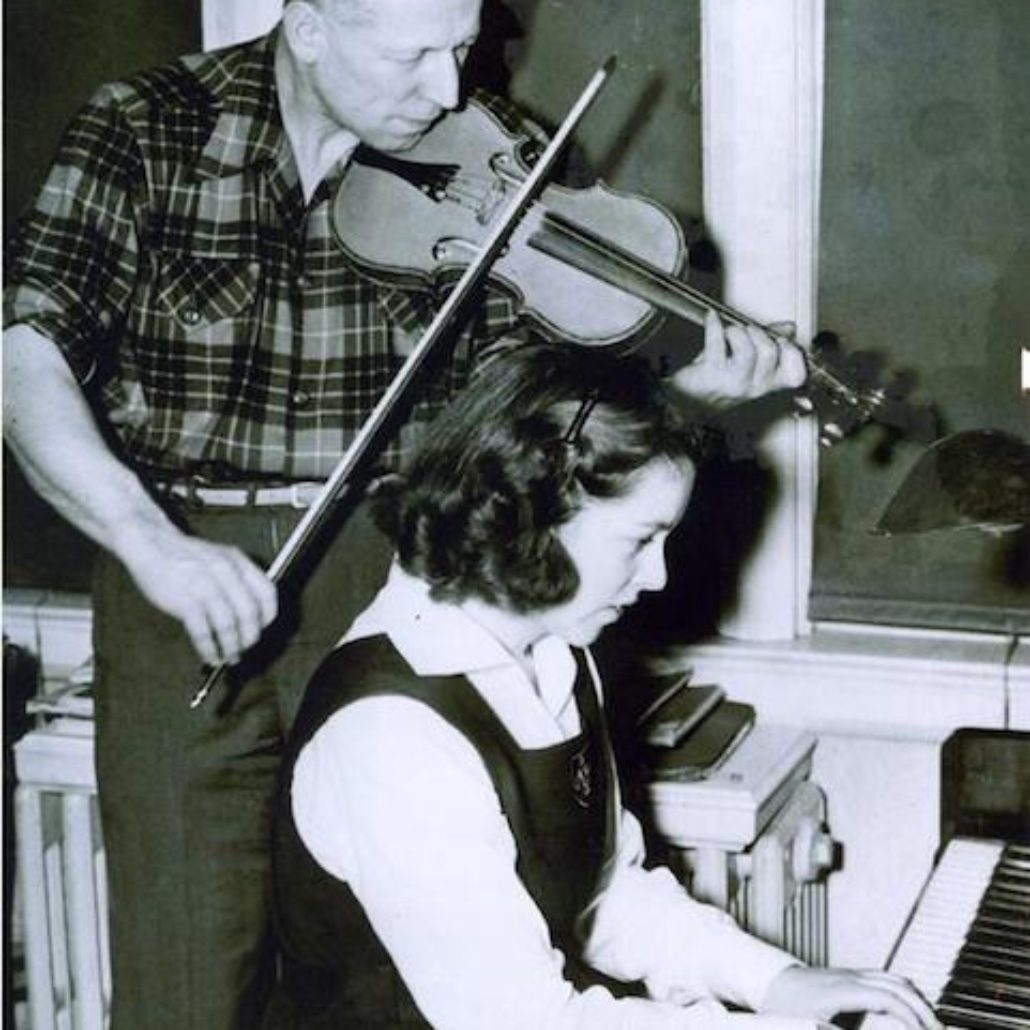Hi friends! Today we’re going to talk about two violin techniques that can often be confused. These are Sautille and Spiccato. They are both bow techniques that give a detached sound to your notes. However, there are important differences between the two and in this article, we are going to explore them. Let’s dive in!

What’s the same?
These bow strokes share some characteristics. They both bounce to one degree or another. Additionally, they are both generally played in the middle of the bow. This is a very important point. We want the natural bounce of the bow for both strokes and that happens in the middle of the bow where tension the bow hair produces isn’t quite as rigid.
Additionally, both will primarily use the wrist and the fingers of the bow hand to execute the bow strokes and acquire the control you need to produce bounce on the bow. For the most part, Spiccato will use only a marginal amount of forearm and opening of the elbow for the movement of the bow stroke due to its generally slower speed. Sautille will be exclusively wrist and finger movement.
Finally, I suggest playing both bow stroke techniques on the front edge, or knife edge of the bow, where the bow is slightly tilted away from you.

What’s different?
The main difference between these bow strokes has to do with exactly what part of the bow bounces. With Spiccato, the entire bow bounces. The bow hair leaves the violin string. This is an important distinction as it means that you will allow the bow to bounce more and you will be controlling the recoil with your wrist and finger.
To reiterate my point, the bow hair leaves the string when playing Spiccato. However, when playing Sautille, the bow hair, for all practical purposes doesn’t leave the string. What does most of the bouncing during Sautille is the bow stick. This happens because Sautille is generally a much faster bow stroke than Spiccato on the violin.
This means that managing your bow bounce requires your wrist and fingers to quickly control the recoil of your bow. You want to allow some bounce, but don’t let it get out of hand.

Spiccato on the violin
First, find the bounce point on your bow, which will generally be in the middle. It may not be in the exact middle measurement from tip to frog, but it will be in that general vicinity. Next, make sure you have good bow hand posture. This will require curved fingers and a curved thumb. For more information on this, check out our article on how to hold your bow here.
Next, we will do short bow strokes of roughly 1-2 inches in length that use mainly the wrist and fingers, but will use a small amount of forearm and elbow opening depending on the speed of our Spiccato. Additionally, we will allow the bow to bounce about a half an inch off the violin string. But we will also allow our bow hand to “help” the bounce with a little bit of lift. This is in case you accidentally miss the bounce point of the bow. You can use this to help you get back to the bounce point where you will need less assistance from the hand.
TIP: Try this first with open strings. Next, you can progress to a slow song you have memorized. Or, you can use my favorite form of Spiccato practice which is Spiccato used during a scale or arpeggio.

Sautille on the violin
The French translation of Sautille is “hop.” It is important to know that the Sautille stroke is faster than Spiccato. It is, in fact, a good deal faster. Therefore, very small bow strokes are required. These strokes will be in the .5 inch to 1 inch range. This also means that your bow stroke will entirely consist of hand and finger movements for control. You will not be allowing your forearm or elbow to open and close when drawing the bow across the string.
These are the key components that will allow you to play very quickly, and take advantage of the small amount of bounce you will need to execute the Sautille stroke on the violin. Start by simply playing quickly in the upper half of your bow, then work your way toward the middle of your bow and you will find where your bow bounces the most. For a good example of this, check out the video below.
TIP: When practicing Sautille, don’t immediately try to change pitches from bow stroke to bow stroke. As with Spiccato, first practice on open strings. But here’s the difference, give yourself 8 to 16 bow strokes before moving on to another string or another pitch. Using a scale to practice Sautille on your violin is a great idea. But again, remember to play multiple strokes per note when you are in the beginning of your learning process with this technique.
Final thoughts
I hope this helped everyone and if you have any questions or comments, feel free to leave them in the comments section on our Musilesson YouTube video. Remember that these violin bow strokes do not happen overnight and you need to make a regular practice schedule in order to achieve your goals of properly executing them.
If you need some good practicing tips, check out our articles on how to practice. The articles can be found in our violin beginner’s course “Getting Started” section. Be sure to download a free YouTube video down loader so you can have these videos to watch offline as well. Have a great day everyone!
